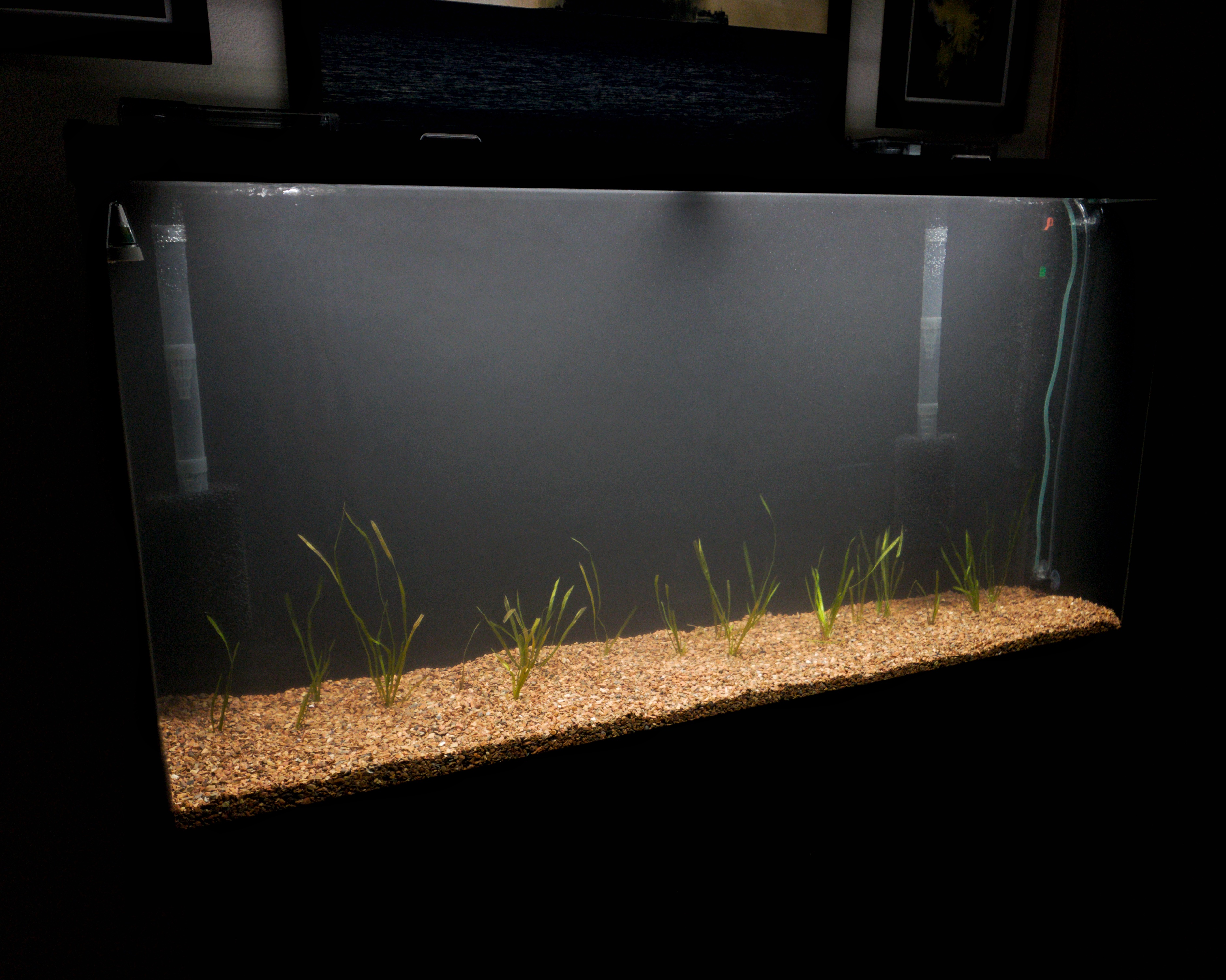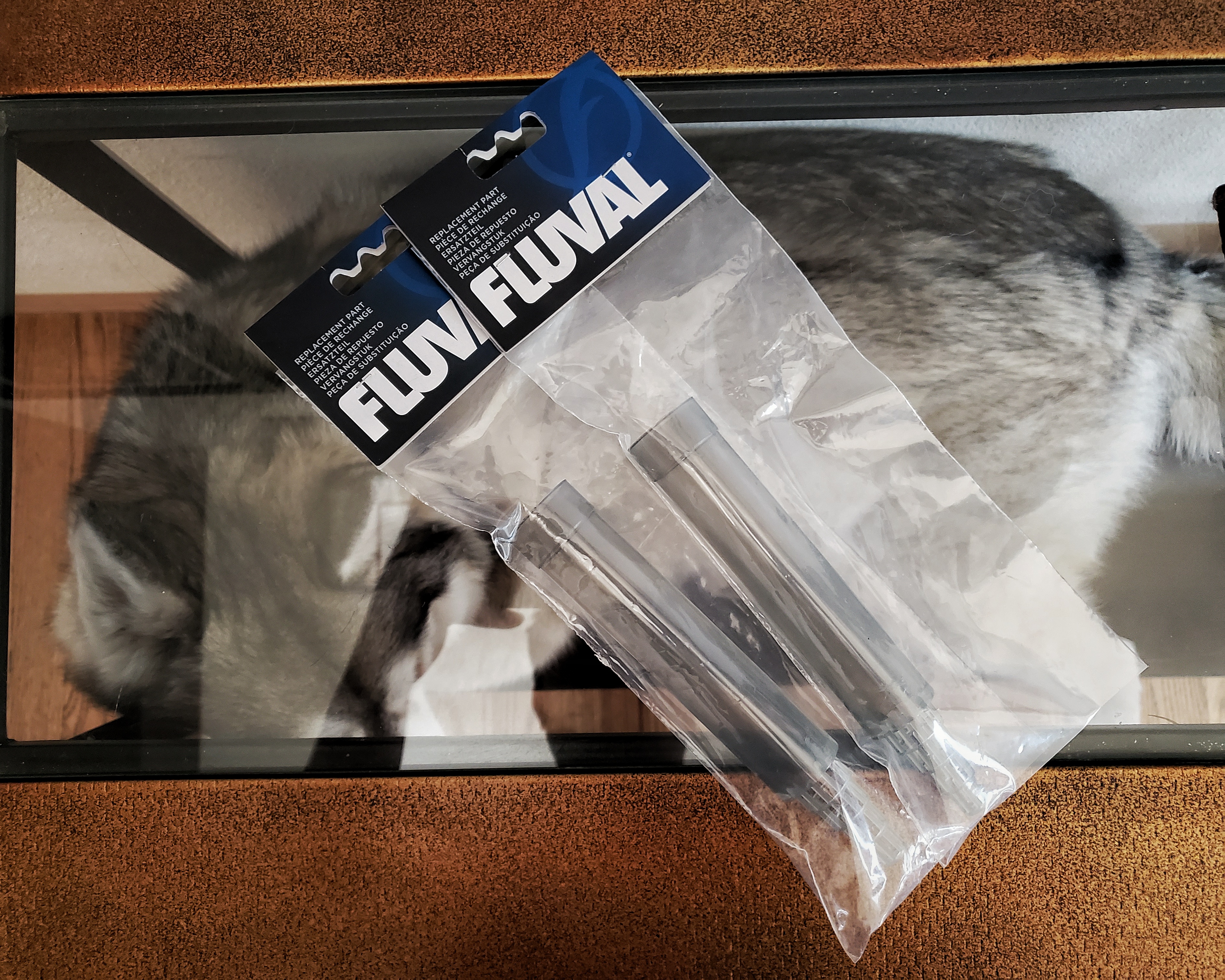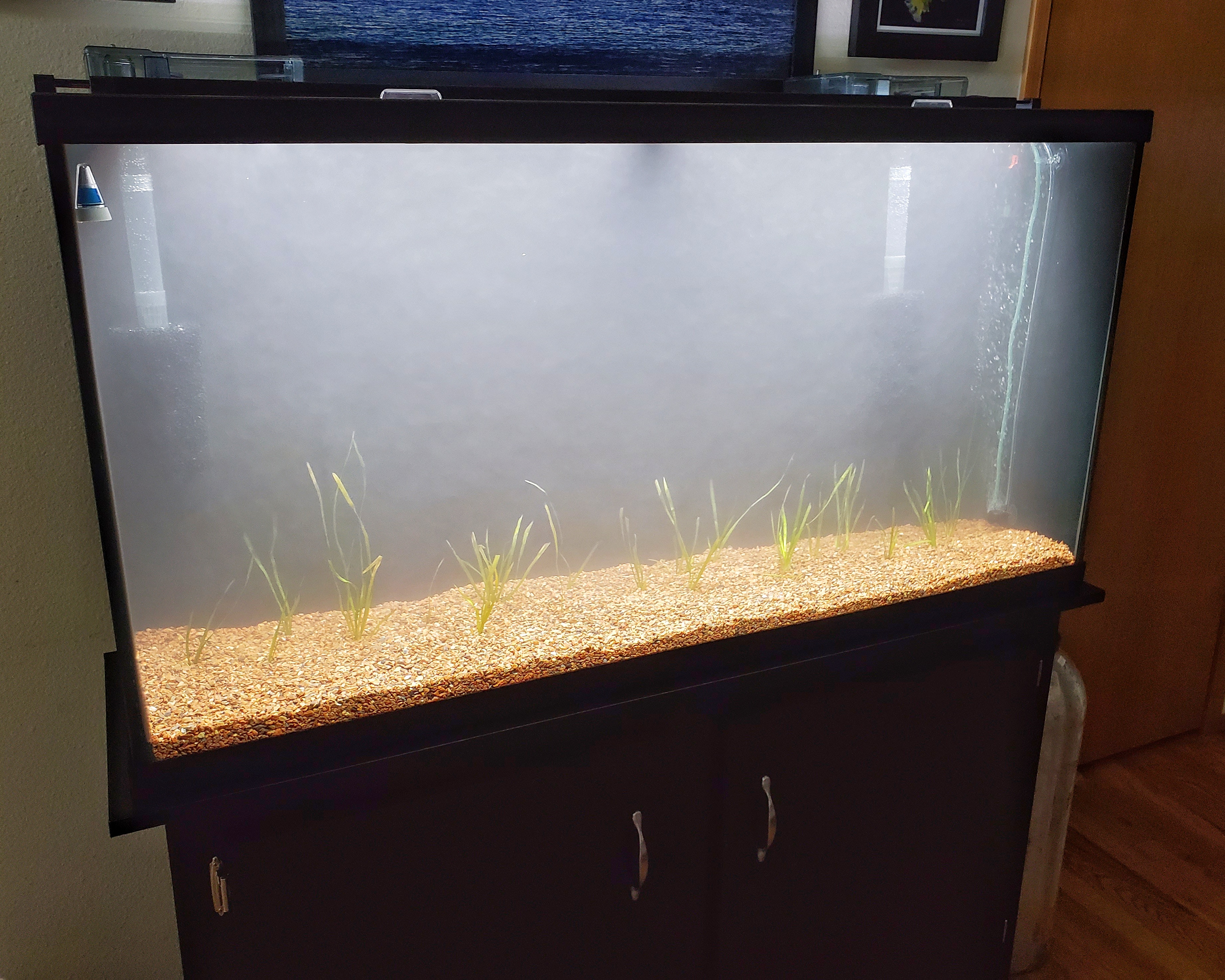Kate's Aquarium Update

While down at Aquarium Co-Op getting some supplies for the 60 gallon project I couldn't help but get a few more fish.
2 Cardinal Tetra
1 Reticulated Siamese Algae Eater
Seattle, WA.

Now that the CO2 system is in place I'm keeping an eye on the drop checker. I took a wild guess and initially set the bubbles per second to eight. The CO2 drop checker started turning yellow which indicates that the CO2 levels are too high. This makes sense since the aquarium is still in the process of establishing and equalizing. The plants I recently added are also still adapting so CO2 utilization might be a little low. I reduced the bubbles per second to two and will wait and see.
Seattle, WA.

While down at Aquarium Co-Op getting some supplies for the 60 gallon project I couldn't help but get a few more fish.
2 Cardinal Tetra
1 Reticulated Siamese Algae Eater
Seattle, WA.

The AquaClear 70 extension tubes finally arrived. This lowers my intake strainers and pre-filters to the desired height closer to the substrate.

One of the intake tubes were damaged during shipping so Amazon is sending out a replacement free of charge. These plastic extension tubes have pretty thin walls and the envelope they ship them in do not provide much protection. I'm not really a fan of plastic parts, however, it seems most everything made these days are indeed made of plastic. I wish Hagen used a thicker plastic for some of the parts. Another gripe with the AquaClear is its clear plastic body and lid which I believe will easily scratch over time. I guess it’s a compromise you make for a filter that does really well in the filtration department.
Seattle, WA.

The Italian Vallisneria is planted. I also installed and plumbed the CO2 equipment. I wonder how long it will take for the tank to clear? I'm also curious if the cloudiness is a bacteria bloom or particulate from the substrate. Below is a photo of the CO2 regulator we used for this project.
I now have two of these and for the price point they are great. Not really sure what a premium regulator offers in addition to this make and model.
Seattle, WA.

I jumped out of bed eagerly anticipating the test results of my ammonia dosing. My target value was the sweet spot of 4 ppm. Below are my results.
pH: n/a
High Range pH: n/a
Ammonia NH3/NH4: 4 ppm
Nitrite NO2: 0 ppm
Nitrate NO3: 0 ppm
Not to shabby. Note, while pH is important, I skipped those tests since my focus for the time being is ammonia, nitrite, and nitrate. For those of you wondering how I knew how much to dose the tank with ammonia, let me show you. The tank we are dosing is a 60 gallon tank. Converted to liters that gives us 227.12 L. I knew my ammonia target was 4 ppm so I needed to calculate how much ammonia, at a 10% solution, to add to the 60 gallons of water already in the tank. 4 ppm equals 4 mg/L. For 227.12 L (60 gallons) I'd need 908.50 mg (4 mg/L * 227.12 L) of ammonia. A 10% ammonia solution is equal to 100 mg/mL. This means I'd need to add 9.08 mL (908.50 mg / 100 mg/mL) of ammonia to the tank. Later today I'll move one of the established AquaClear 70 filters from my Marineland Emporer 400 filter to one of the AquaClear 70 units. I'm also headed out the door to Aquarium Co-Op to get some Italian Vallisneria to plant.
Seattle, WA.